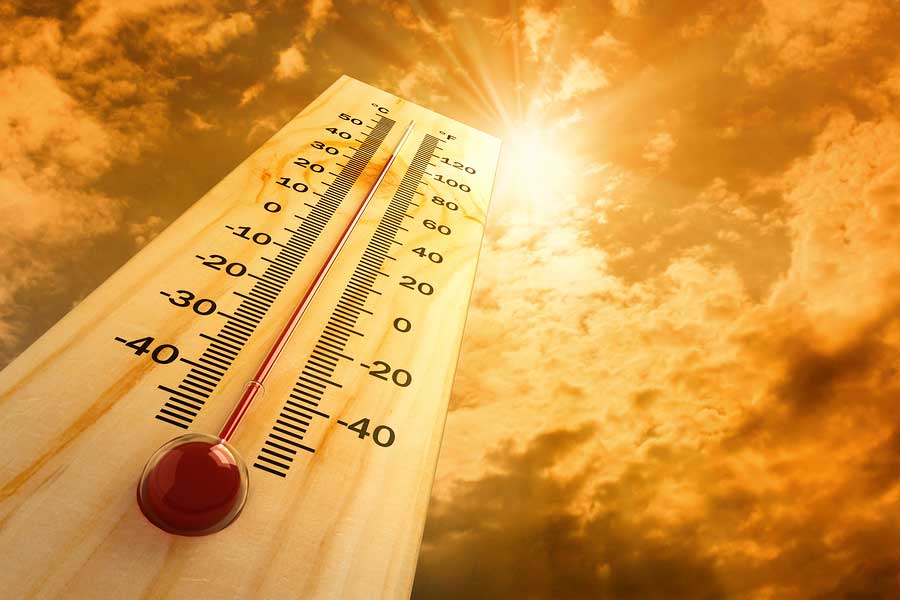According to the National Oceanic and Atmospheric Administration (NOAA’s) and its National Centre for Environmental Information (NCEI) data, July 2015 was the hottest month of all that have ever been registered. The average temperature of July across global land and ocean surfaces was 1.46°F (0.81°C), more than the 20th century’s average.
According to its page, NAOO’s National Centre for Environmental Information (NCEI) is responsible for hosting and providing public access to one of the most significant archives for environmental data on Earth and has now released its latest findings of July’s temperature.
The average global temperature for land surface in the month of July was sixth highest in the 1880-2015 record (1.73°F/0.96°C more than 20th century average), while the average global temperature for sea surface was the highest temperature of any month recorded in the same period of time (1.35°F/0.75°C more than the 20th century average).
The global value was driven by record warmth across the expanses of Pacific and Indian oceans. However, every major ocean basin observed record warmth in some areas.
Same conclusions were reached by NASA and the Japan Meteorological Agency using their own data. Moreover, they think that 2015 may be the warmest year registered, based on observed temperatures and the coming El Niño event.
“There is a greater than 90% chance that El Niño will continue through Northern Hemisphere winter 2015-16, and around an 85% chance it will last into early spring 2016,” NOAA said in a statement.
NOAA -which has the mission to understand and predict changes in climate, weather, oceans, and coastspredicts-, predicts that a strong El Niño is building, which could rival the intensity of the record 1997 event that provoked mudslides in California and fires in Australia.
The dangerous part
Carbon dioxide emissions in the atmosphere are known to be increasing rapidly with the years. The rate of change is almost 10 times faster than during Earth’s worst mass extinction. Since carbon emissions lead to warming, then it is expected much more warming to come.
However, it is hard for leaders to consider this data and motivate significant change in the methods that help increase carbon dioxide’s levels, for most humans cannot sense a change in temperature of even 1 degree over the course of a minute.
According to Tom Harris, an environmental policy analyst, a sliver of a degree is within the statistical margin of error, meaning that the actual composite reading might be no record at all. Nonetheless, the alarming reports of July´s temperature will probably be a main discussion in the United Nations Conference on Climate Change, scheduled for Paris in December.
Source: NOAA

